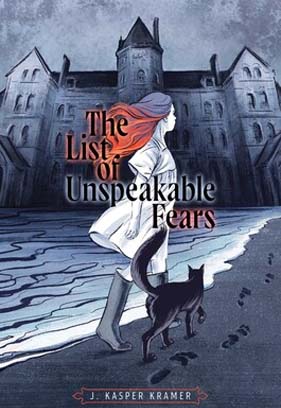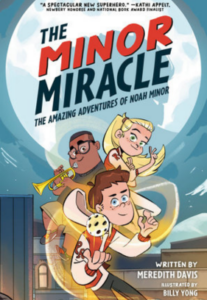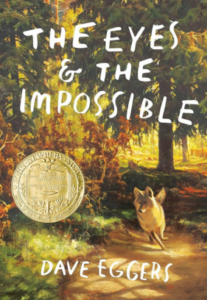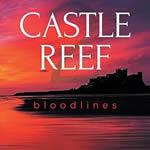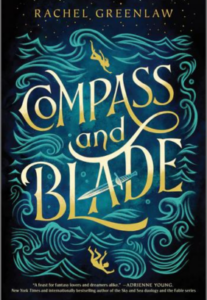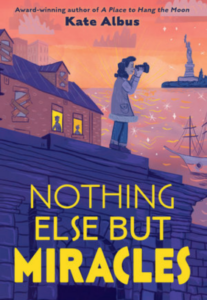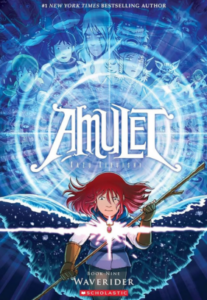You have a lot to be scared of in 1910. They have things called electric lights, and some say that the bulbs contain a gas that might kill you in your sleep. And surely you’ve heard of those newfangled devices called telephones. You could find yourself electrocuted if you hold it the wrong way. At least, that’s what you hear from people who talk about things like that. And let’s not even mention those frightening contraptions called indoor toilets.
Essie O’Neill is concerned with all those things and more. In fact, a whole bunch of not-so-modern things frighten her, too. She keeps a list of them all and calls it her List of Unspeakable Fears. Don’t ask her about it. I mean, it’s unspeakable. The only person Essie will talk about her list with is her best friend, Beatrice. Beatrice is something of a budding detective, and she’s brave and knows about such things.
Essie, on the other hand, is anything but brave. She used to be able to do some semi-brave things, like walk up high on their tenement building’s fire escapes. But that was only because she was always holding her da’s hand.
But then Da got sick.
And then Da died.
Ever since, Essie has become more scared than ever. Cats, electric lights, thunderstorms, unlaced shoes, talkative strangers, licking envelopes … all of those dangerous things and activities are prominent on Essie’s list. And, well, let’s face it, they can all get you hurt in one way or another.
Now, however, it seems that Essie will have to steel herself for the toughest, scariest chapter of her life. She thought an empty, usually hungry existence without Da, in a poor part of New York City was bad enough. But now Mam has gone and gotten married again. And they’ll both be moving to a place called North Brother Island. It’s a cold rock of a place that’s home to a hospital which was created to care for the terminally ill.
Essie will have to move there. She’ll have to leave Beatrice. And then she’ll need to meet the bearded and villainous-looking doctor in charge of the hospital (who also happens to be her new father). Worse than all that, Essie will have to learn to survive in a place that could kill you at any wrong turn. Cholera, yellow fever, typhoid: you can find that and more at Riverside hospital.
Oh, and North Brother also happens to be the residence of the notorious Typhoid Mary, the disease carrier who accidentally killed an entire family.
Essie is very afraid that her list will soon grow very long.
It’s unspeakable.



